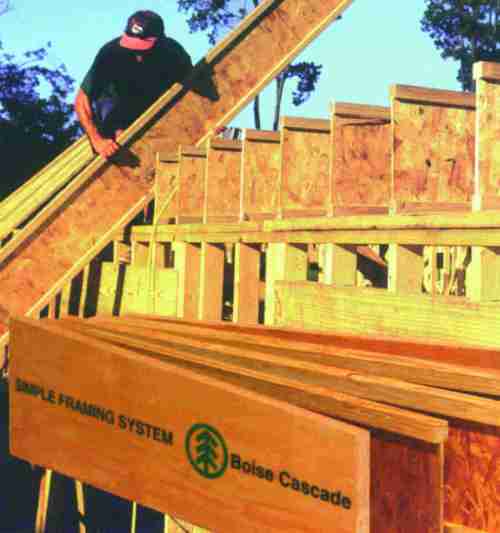Reliable Truss and Components, a division of National Lumber, has in-house design and engineering departments to work with you every step of the way from your initial quote to the final delivery of your product. When it comes to wood and steel trusses, structural components and custom prefabrication, our experts here at Reliable Truss have the ability to offer our customers efficient project coordination and higher quality and more feature-rich products than offered by our competitors. Our innovative processes allow us to provide exceptional service from “under one roof”.
“I wanted to extend my personal thanks to you and the rest of the folks at National Lumber and Reliable Truss for that fantastic tour. I found it to be a very valuable learning experience. While I was generally familiar with metal plate wood trusses, watching the actual manufacturing was quite an experience. I was very impressed by your plant and also by the sophistication of the MiTek software. Previously I was not aware how extensive a capability existed for pre-fabbing wall and floor sections. Again, the machinery and your plant were very impressive. For me the Alpine steel trusses were a complete revelation. In the past I had done some work with light structural steel trusses (angles, tees, and gussets), but these light gauge steel trusses are definitely something to look for a way to use. Thanks again.” Thomas J. Vaughan Jr, P.E., GSC Engineering, Inc.
Our sales team is exceptionally versed with industry knowledge, and is here to assist you with choosing the components you need for your project and making sure your delivery is on time. Our registered engineers have the expertise to design the components you need for your project, all the while considering our environment, by practicing green building methods to minimize waste. The Reliable Truss facility is state-of-the-art, with fully integrated building industry modeling software to high production automated equipment, allowing us to provide customization and additional solutions to our customers.
If you work with a specific National Lumber representative, please ask about these products and services. If you don’t have a specific contact, you can email insidesales@national-lumber.com and we will have someone contact you.
Thank you for your business. We are honored to be your supplier for building materials and more!
The National Lumber Family of Companies








 Kitchen Views | Kitchen Design Blog
Kitchen Views | Kitchen Design Blog